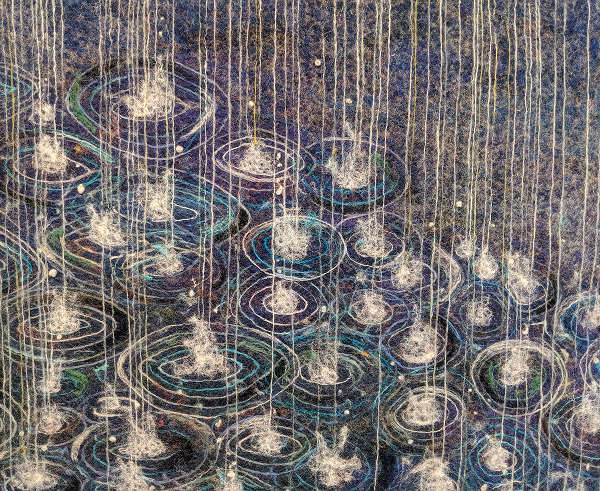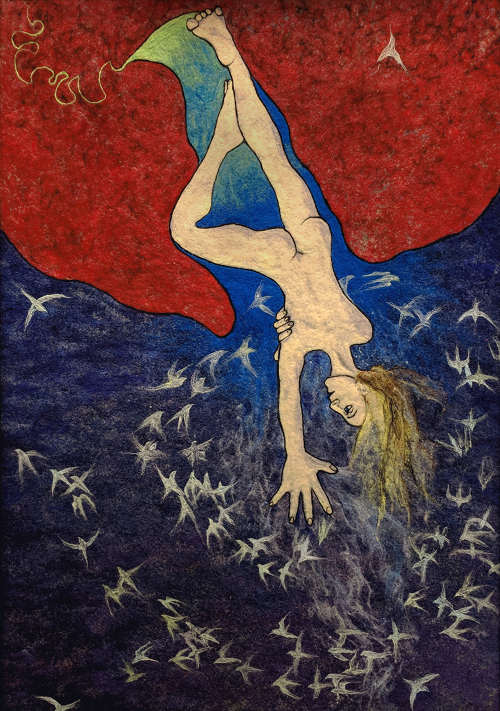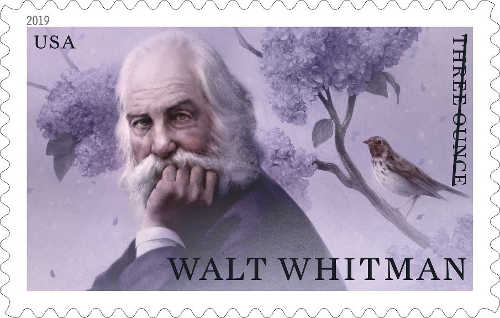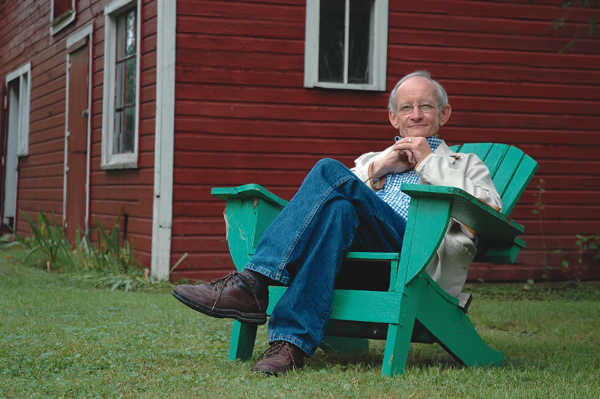- Tim Riley
- Posted On
‘Angel Has Fallen’ rises to expected level of fierce action
‘ANGEL HAS FALLEN’ (Rated R)
Gerard Butler, seemingly typecast now as an action figure when not doing voiceover work in animated films, owns the role of Secret Service agent Mike Banning in the same way that Bruce Willis was police officer John McClane in the “Die Hard” franchise.
As part of the Secret Service presidential detail in “Angel Has Fallen,” Banning, though he must often improvise and violate agency protocols, doesn’t have the same wisecracking, free-wheeling swagger of Willis’ McClane. He’d be better served with more humor.
In the third installment of the “Fallen” franchise, Butler’s blunt, no-nonsense Agent Banning is once again in the thick of dealing with an assassination plot against the president of the United States.
In the previous films, “Olympus Has Fallen” and “London Has Fallen,” Banning served Aaron Eckhart’s President Asher, and Morgan Freeman was Speaker of the House and then Vice President Allan Trumbull.
What seems fitting to his authoritative voice and serene manner, Freeman’s Trumbull is now president (still a step-down from once being God in “Evan Almighty”) and targeted for assassination.
A mysterious cabal of mercenaries that thrives financially on ginning up military conflicts just might be part of a conspiracy hatched by renegade forces within the highest levels of the government eager to push Trumbull out of the picture.
Too many missions have taken a toll on Banning. As the father of an infant with his wife Leah (Piper Perabo), the agent might be better off taking Trumbull’s offer of the position of director of the Secret Service.
Even though Banning is dealing with physical injuries and an addiction to painkillers, the thought of a desk-bound job is not appealing to an action hero who relishes the fight no matter the odds.
Despite his condition, Banning ponders his future and realizes he likes the action during a training exercise with an old buddy from his military past, Wade Jennings (Danny Huston), who now runs a Blackwater-style contracting outfit.
Banning’s taste for combat surfaces during a relaxing fishing trip that turns out to be anything but that when the president and his protection detail are assaulted by missile-laden drones that hone in on targets identified by facial recognition.
The dedicated agent manages to rescue Trumbull from the attack but all of his fellow Secret Service agents are killed. Trumbull and Banning end up in the hospital, with the president hanging by a thread in a coma.
Surprised to himself handcuffed to his hospital bed, Banning is interrogated by haughty FBI agent Thompson (Jada Pinkett Smith), who believes that he’s behind the plot, notwithstanding his devotion to a president unable to disavow the accusation.
Not helping the situation is that the feds have found $10 million in an offshore account in Banning’s name. Obvious to everyone except the government is that our hero is being framed and a perceptive audience will soon figure out the culprits.
Meanwhile, the wily Banning manages to escape federal custody, and now he’s got every law enforcement officer in the nation, as well as the bad guys behind the attack, coming after him.
Caught in the position of being the “wrong man” just like Dr. Richard Kimble in “The Fugitive” or in a Hitchcock movie, Banning is on the lam so that he can prove his innocence of suspected treason.
The tricky part is to evade his Secret Service colleagues, FBI agents and local and state police without causing harm but having no qualms about gun fights and explosions that would decimate the real villains.
On the run with no safe space to hide, Banning seeks out his estranged father Clay Banning (Nick Nolte), a veteran of the Vietnam War living off the grid in a cabin in a remote area of West Virginia.
The reunion is a bit awkward at first but fortunately for his son the reclusive old man, who bears a passing resemblance to the Unabomber, was paranoid enough to create underground tunnels and to mine the perimeter of his property with plenty of explosives.
Meanwhile, paranoia is rampant in Washington, D.C., where Vice President Kirby (Tim Blake Nelson) has stepped in as the nation’s leader during Trumbull’s incapacity and is fully engaged in saber-rattling that puts the country on the brink of war with Russia.
Things are going to get very ugly when the bad guys learn that Trumbull is coming out of his coma and Banning is the only person who has a real clue about how to stop an insidious plot from causing irreparable harm.
Trapped in a chaotic world of ceaseless jeopardy, Banning, the expert hunter who had become the hunted, is put to the test of his high-level combat skills and ability to out-think the twisted minds behind the conspiracy.
Geared to an audience that enjoys adrenaline-fueled action, “Angel Has Fallen” does not disappoint on that score, even if the storyline is predictable.
The franchise could punch things up a bit with more humor to ameliorate the tone, but all in all, watching Gerard Butler as the proud warrior is fun.
Tim Riley writes film and television reviews for Lake County News.












